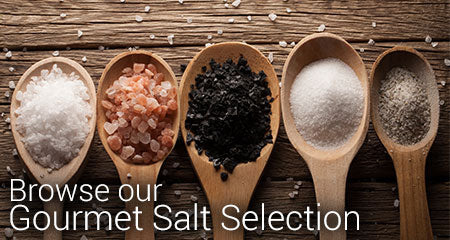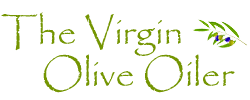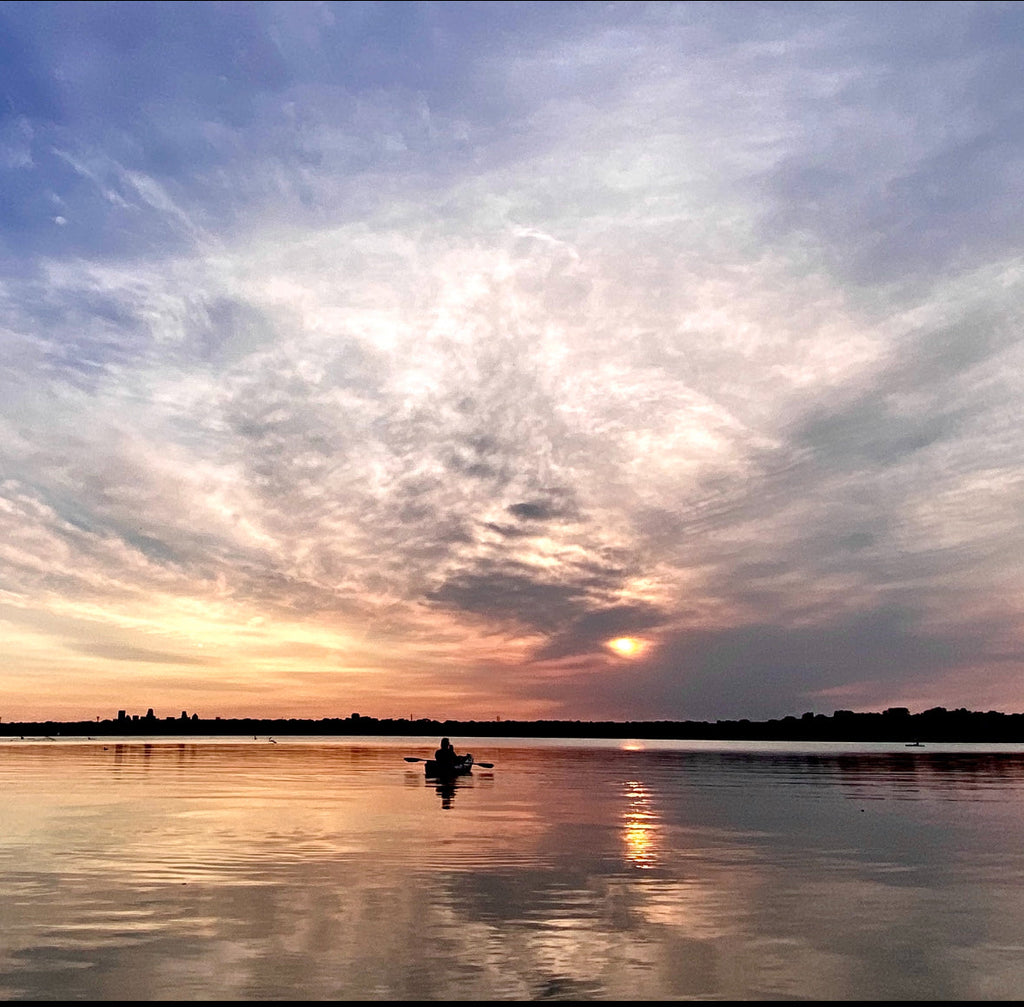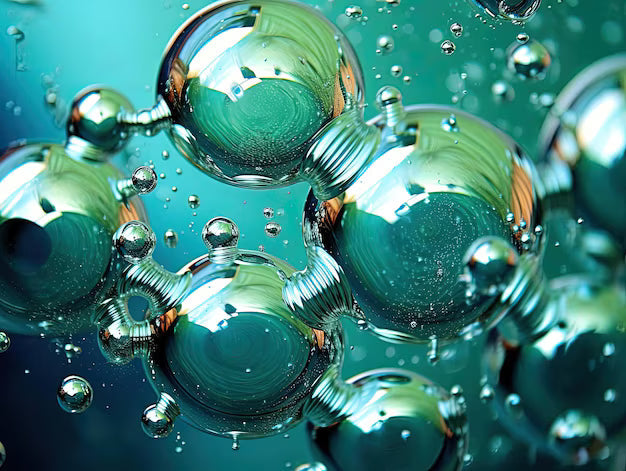GIVE ME SOME SKIN! #EVOO - Blog #9

Hey Everyone! Welcome back to another Friday blog. I hope by now you are beginning to see all the wonderfully positive effects of high polyphenol EVOO on your body, both in prevention and treatment of diseases prevalent in our society.
This week I want to focus on the Integumentary System: skin, hair and nails and how EVOO aids in wound healing.
We all want that look of youth with soft pliable skin and rosy cheeks. The cosmetic industry sure is making a killing on it. Serums and creams can cost hundreds of dollars with the promise of a more youthful face. I’m no different. I absolutely love Origins. The first time my husband went with me, he saw the small bag of 4-5 items that cost about $200, he nearly lost it. WHAT???!!! He said. The clerk responded with “that’s why the husbands stay in the car.” Lol.
The skin is the largest organ of the body providing a physical barrier between the external and internal environment (preventing water loss) and protecting the body from microorganisms, allergens, irritants and UV (ultraviolet) irradiation. Its job is to excrete waste (sweat), waterproof, regulate temperature and synthesize vitamin D. It also contains sensory receptors to detect pain, sensation and pressure. The structure provides a connective tissue foundation or base to support strength and flexibility while protecting deeper structures. Now, our skin is very layered. The outer layer is the epidermis, the deep is the dermis.

The epidermis is the outer layer and is composed of keratinized, stratified squamous epithelium. It consists of 4-5 layers (depending where in body) and is avascular (no blood vessels). Skin around the eyes is about 10 times thinner than on the face, and referred to as adnexa, and is unique to skin on the rest of the body. Many things can be harmful to skin, including smoking, UV light, excessive alcohol and dehydration are just a few things on the list. Let’s start by looking at the anatomy of the skin, from superficial (most outer surface) to deep and how our skin functions.
1. Stratum corneum (SC) -cells are keratinocytes (manufacture and store keratin). Keratin is an intracellular fibrous protein providing hardness to hair and nails and provides a water-resistant property. This most superficial layer consists of dead cells packed together without nuclei and are called corneocytes. They are very much like a brick wall (corneocytes) with mortar being lipid (ceramides, free fatty acids and cholesterol) lamellae (bodies). Corneocytes have a specialized cornified envelope of corneocytes, providing rigidity. These regularly slough off, being replaced by cells from the deeper layers. SC acts as a permeability barrier and antimicrobial barrier. Hydration is crucial for the integrity and maintenance of the skin barrier homeostasis. Natural moisturizing factor (NMF) in the corneocytes contribute to hydration of the skin and include many acids, peptides and proteins, giving the skin a slightly acidic pH (felt to contribute to its antimicrobial action). When hydration of the SC decreases and water is lost, barrier function is diminished and dermatitis results.
2. Stratum granulosum - thin layer, cells are primarily keratinocytes that migrate from the stratum spinosum. They contain keratohyalin granules (filled with histidine and cysteine-rich proteins) that bind intermediate keratin filaments together. At the transition from stratum corneum and granulosum, cells secrete lamellar bodies (containing lipids and proteins) creating a hydrophobic lipid envelope responsible for the skin’s barrier properties. As they move into the stratum corneum, they lose their nuclei and organelles becoming non-viable (dead).
3. Stratum spinosum - Keratinization begins here and is composed of polyhedral keratinocytes. They have large nuclei and synthesize cytokeratin (fibrillation proteins), which aggregate (group) to form tonofibrils forming strong connections between adjacent keratinocytes. Other cells found include Langerhans cells,
4. Stratum basale - cells are cuboidal or columnar basal cells and are attached together by desmosomes and hemidesmosomes. They have a large nucleus and attach the epidermis to the basal lamina (dermis is just under this layer). They connect to dermis via intertwining collagen fibers. Some basal cells can act like stem cells with the ability to divide and produce new cells. They divide and form keratinocytes that migrate toward the surface. This layer also contains melanocytes, Merkel cells, gamma delta T-lymphocytes and Langerhans cells.
5. Stratum lucidum - “thick skin” - found only on palms of hands and soles of feet.
The dermis is a layer between the epidermis (outer skin) and subcutaneous (fat layer) tissue. It contains hair follicles, sebaceous (oil) and sweat glands, nerves and blood vessels and provides elasticity to the skin as well as a sense of temperature and touch, autonomic and sympathetic nerve fibers communicate to and from the brain. Eccrine glands role is thermoregulation through sweat, excretion of water and electrolytes and acidification of the skin to prevent colonization of microorganisms. Apocrine glands are located in the axillary (armpit), nipple and genitoanal regions. Their secretions are milky and odorless and likely contain pheromones that trigger certain behaviors. It is the waste product of bacterial metabolism that is responsible for the odor associated with sweat. Sebaceous glands produce sebum that coats the skin and hair, providing an antibacterial shield while simultaneously supporting the growth of some anaerobic bacteria such as propionibacterium acnes. The papillary dermis is the superficial layer just under the epidermis (outer skin) and contains highly vascular (lots of blood vessels) loose connective tissue. Dermal papillae (finger-like projections) increase the strength of the connection to the epidermis. They are responsible for our fingerprints, unique to each individual. The reticular dermis is deep to the papillary dermis and constitutes the bulk of the dermis. Collagen is the principal component, but it also contains elastin and fibrillin microfibrils. These fibers are thicker in the reticular dermis. Cell types found here: fibroblasts, macrophages, adipocytes, mast cells, Schwann cells and stem cells. There is an extensive network of blood vessels that allow an inflammatory response via recruitment of neutrophils and lymphocytes (immune response), as well as temperature regulation and sensation. These cells have very important functions and are involved in assisting the immune system, promoting collagen remodeling and wound healing. Several diseases affect the dermis’ structure and function.
Basal Cell Carcinoma - The most common skin cancer, arises from basal cells. More than 4 million cases/year in the U.S. It is slow-growing and causes minimal damage when caught early. These can look like open sores, red patches, pink growths, shiny bumps, scars or growths, rolled edges or indented centers.
Squamous Cell Carcinoma - Second most common skin cancer and curable when caught early. These arise from squamous cells that are flat and located near the surface of the epidermis. These can also be open sores, rough, thickened or wart-like skin, raised growth with central indentation, can crust and bleed, arise in sun-exposed areas, but can occur in other areas of the body, including genitals. Incidence has increased 200% in past 30 years.
Malignant Melanoma - develops from melanocytes (pigment-producing cells). In women, they occur most commonly on the legs, while on the back in men, but can occur anywhere on the body. About 25% develop from moles. The primary cause is overexposure to UV light. People with a poor immune system are more at risk and age (over 40) is a factor as well. The ABCDE rule is a guide to signs of melanoma: A - asymmetry (one half doesn’t match the other) B - border (edges are irregular) C - color (different shades, not the same throughout D - larger than 6mm E - evolving (changing in size, shape or color)
Ehlers-Danlos syndrome - connective tissue disorder due to mutations in collagen resulting in fragile skin and hypermobility (excessive movement)
Osteogenesis Imperfecta - genetic disorder of type I collagen resulting in decreased dermal collagen and impaired skin elasticity. (This is the fragile bone disease)
Marfan’s syndrome - genetic disorder due to a defect in fibrillin-1 protein with patients being prone to striae distensae (stretch marks) due to rapid growth phases in adolescence.
Cushing’s syndrome - chronic glucocorticoid (steroid) use {these inhibit fibroblasts, disrupting the synthesis of collagen} and pregnancy also can cause striae distensae.
Overactivity of fibroblasts is another condition resulting in keloid scars, hypertrophic (thick) scars, hyperkeratosis and papillamatosis (peaks and valleys). What about aging and chronic sun exposure? Chronic UV radiation exposure damages and weakens the dermis and damages elastin fibers. Over time, the dermis becomes weak and is no longer able to support its vasculature, resulting in actinic purpura (senile) leading to extravasation of blood. Burns, ulcers and wounds are other injuries to the skin that are important due to the depth of injury and wound involvement. Burns and ulcers that destroy the epidermis and extend into the dermis are second-degree and stage II pressure, respectively. Infections of the skin are another important area of consideration and are considered granulomatous. Including sarcoidosis, granuloma annulare, necrobiosis lipoidica and mycobacterial infections (tuberculosis and leprosy), necrotizing fasciitis (flesh eating disease) and involve histocytes (in dermis).
Okay guys. We also have a host of no-see-ems living on our skin, roughly 1,000 different species!! We each have our own unique microbiome or skin flora. Age, location and sex greatly affect the microbiota colonization on the skin. “The skin is an ecosystem composed of 1.8 m2 of diverse habitats with an abundance of folds, invaginations and specialized niches that support a wide range of microorganisms.” These include bacteria, viruses, fungi and even mites living commensally (not harmful) or mutualistically (beneficial) on our skin. Some have developed vital functions (we haven’t made these changes in our genomes) to protect us against more harmful pathogenic organisms. Some even benefit us by training the T-cells in the skin’s immune system. Our innate and adaptive immune responses modulate skin microbiota as well. Some pathogenic (harmful) bacteria also are present in our skin flora including staphylococcus aureus, streptococcus pyogenes.
Okay! Let’s look at problems with the skin. We can divide these into 3 categories:
1. Structural disorders of the dermis - solar elastosis, actinic purpura, striae, scars, burns, wounds, dermatofibroma, morphed, nephrogenic system fibrosis and genetic diseases.
2. Inflammatory and autoimmune disorders - autoimmune blistering, drug eruption, granulomatous disease, lichen sclerosis, leukemia cutis, Mastocytosis, polymorphous light eruption, sweet syndrome, urticaria and eczematous dermatitis.
3. Depositional disorders - amyloidosis (protein), calcinosis cutis (calcium), gout (uric acid), myxedema (mucopolysaccharides), xanthoma (cholesterol).
Okay, this is a brief overview of our skin, its function and some problems and disorders that may arise. So, what can EVOO do to help the largest organ of the body? Researchers now know that since unsaturated fatty acids modulate immune responses, they wanted to look at wound healing. Wound healing takes place in 3 phases:
Inflammatory - coagulation and activation of immune cells (inflammatory cells) and production of pro- and anti-inflammatory mediators. In the first few hours after injury, neutrophils are the predominant cells, responding to pro-inflammatory cytokines at the lesion site, phagocytizing (engulfing) microorganisms and cellular debris. In addition to neutralizing microorganisms they signal macrophages to the site. After 72 hours, macrophages are the predominate cells at the wound site. They release growth factors and cytokines that promote migration of other cells (fibroblasts and endothelial cells) that act as vasodilators (blood vessel dilators) affecting permeability of microblood vessels. It is the lack of control (amplitude and time) of this phase that leads to chronic inflammatory diseases such as diabetes, cardiovascular, cancer, Alzheimer’s, dementia, asthma and chronic wounds.
Proliferation - Begins within first 48 hours and can continue up to the 14th day pose tissue injury. This phase includes fibroplasia (formation of granulation tissue) and angiogenesis (formation of blood vessels from pre-existing vessels).
Remodeling (maturation) - restoration of the barrier and contraction of wound by myofibroblasts. Researchers compared OA (Oleic Acid) with Omega 3 in mice that were given wounds, then treated for 5 days. They noted elevation in wound matrix cells as well as smaller wound size in the mice treated with OA. They feel it may be a good tool to speed up the wound healing process.
Diabetic foot ulcer (most costly and devastating complications of DM II) healing is typically very poor due to ischemic (loss of blood flow) and neuropathic abnormalities and many remain unhealed after 12 weeks. Standard care yields poor healing results (24%-31%) and risk of amputation can be as high as 46% higher than a non-diabetic. In a double blind study conducted in 2014, researchers looked at 34 patients with grade I or II diabetic foot ulcers to ascertain the effects of topically applied olive oil on Type 2 Diabetic foot ulcers. They were treated once per day for 4 weeks. They noted significant differences in the EVOO treated group and the control group with respect to ulcer area and depth, and complete ulcer healing was significantly greater.
Okay! Now that we have an idea of what our skin is and what it does, let’s take a look at what we should be putting on our skin to keep it soft and supple. Dermatological formulations use fatty acids as enhancers to help penetration of drugs into the skin. A study published in 2017 compared several FAs ability to penetrate human skin: MUFAs (monounsaturated fatty acids) Linoleic, Oleic; PUFA (polyunsaturated fatty acid) Palmitoleic; SFAs (saturated fatty acids) Palmitic, and Stearic, which are commonly used in these formulations. They used human skin from a single donor undergoing abdominoplasty and analyzed penetrations into the epidermis and dermis using TOF-SIMS imaging. They found that OA (Oleic Acid) permeates both the epidermal and dermal layers of skin, as well as disorganizing other FAs in the skin, including linoleic, stearic, and palmitic that are in high intensities in the skin. The chart below demonstrates the “different abilities of FAs to penetrate the skin and disorder the FAs within the skin depending on their structure and physics chemical properties.”

They determined that OA passes the epidermal barrier and did not influence other FAs distribution in the skin, while linoleic acid penetrated the skin and changed the distribution of other FAs. “A characteristic feature of FAs applied on the skin is their ability to modify the mobility of molecules in the skin.” They feel OA disrupts cholesterol-stiffened regions, ‘melts’ the lipid chain fragment in the bilayer structure and increases the fluidity. This should be NO SURPRISE to us at this point, as OA improves the fluidity of a number of body tissues. So, what about VCO (virgin coconut oil) for your skin vs. EVOO? When you compare vitamin and antioxidant levels, EVOO is hands down the easy winner!! EVOO has 200 times the amount of vitamin E (protects against sun damage, prevents dark spots and wrinkles) and 80 times the amount of vitamin K (helps heal wounds, bruises, areas affected by surgery, stretch marks, spider veins, dark spots, stubborn circles under the eyes). When it comes to comparing the antioxidants/polyphenols, EVOO is the winner as well with at least 36 different polyphenols to VCO 6 different polyphenols. The top 4 most important vitamins for the health of our skin are vitamin D, C, E, and K. Vitamin C enhances the effectiveness of sunscreens, decreases cell damage and aids in wound healing and healing damaged skin, minimizes signs of aging due to its vital role in collagen synthesis and can help to repair and prevent dry skin. Vitamin D is created by exposure to UV light by converting cholesterol to vitamin D, then is taken up by the liver and kidneys and transported throughout the body to create healthy cells. It is also important in skin tone and treating psoriasis.
Whew! I know this is a lot of information to digest. I personally get my vitamin C by adding fresh squeezed lemon to my EVOO shot in the mornings, and fruits and veggies during the day. I go outside and get 15-20 minutes of sunlight to synthesize vitamin D (wearing sunglasses to protect the skin around my eyes). I was using VCO on my skin because I like the way it smells, but after realizing the difference, I have switched to EVOO. Soap is also very important. Check out The Virgin Olive Oiler’s handmade soaps. They are truly all natural and made in-house. And, check out our signature luxurious whipped body buttercream, lip balm, house made soaps and skin polishers!!
So, until next week, drink/drizzle/digest your EVOO, eat some fatty fish, get plenty of water and sleep, exercise your body and mind and for heaven’s sake, give your skin some good vitamins and Oleic acid from your EVOO!!! #EVOO
This blog is intended for informational purposes only. Discuss strategies with your Healthcare Practitioner.






